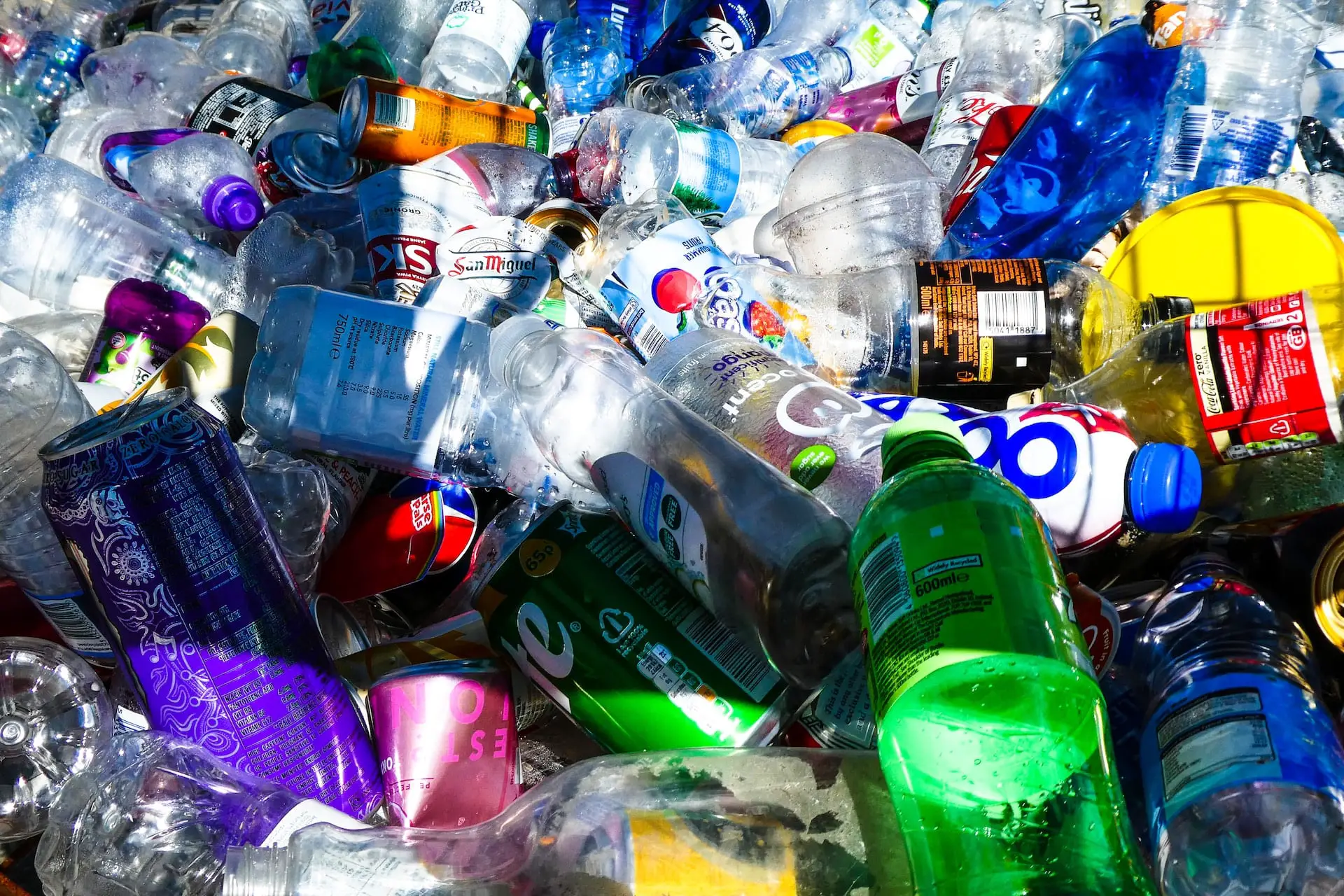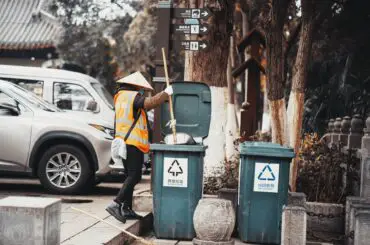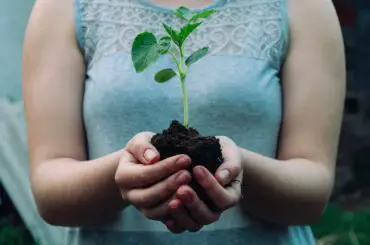This article deals with questions like Why is recycling so important? How to recycle plastic and the important steps in the plastic recycling process.
Contents
What is Plastic Recycling?
Plastic recycling is the process of utilizing used or wasted plastic scraps to manufacture new products. Plastic recycling reduces the need to extract new raw materials from the earth and uses materials that are already processed. Types of commonly recycled plastics include;
- PET (Polyethylene Terephthalate) or thermoplastic is used for clothing fibers and soft drink bottles.
- PVC (Polyvinyl Chloride) is also a thermoplastic used to produce wires, pipes, bottles and cling films.
- HDPE (High-Density Poly Ethylene) is another type of thermoplastic that is softer and more flexible than PVC. It is used to make gallons and pipes.
- LDPE (Low-Density Poly Ethylene) is used to make plastic bags. It’s not easy to recycle this type of plastic due to its flimsy nature and low density. It is more practical to reuse or reduce the use of LDPE plastics instead of recycling them.
While it is important to recycle plastic waste, it is not always practical to recycle all types of plastic. Some types of plastic require more energy to recycle than they are worth. Sometimes the process is too intricate and long, or it costs too high. And sometimes, the recycling machine will not be able to handle some types of plastic. Types of plastic that cannot be recycled include PP (used for plastic furniture and boxes) and PS (plastic used for cutlery and yogurt cups).
Why is it Important to Recycle plastic?
Plastic recycling is extremely important to us and the environment. Plastic is not biodegradable, meaning that it will not decompose into the soil even if they are given millions of years.
Plastic will not decompose. Instead, it will break down into tiny particles called microplastics. Microplastics will infiltrate our drinking water, food and the entire food chain.
All animals, including human beings, consume microplastics on a daily basis. The danger of microplastic contamination is that it is difficult to detect in the bloodstream, and its effects on the bodies of human beings have not yet been fully studied. It is believed, however, that microplastics disrupt the normal and healthy functioning of the human body. 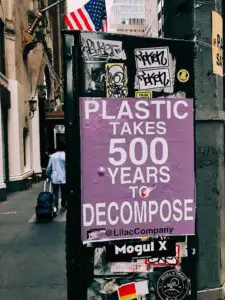
In addition to this, plastic pollution is responsible for the majority of the pollution in the world. They fill up landfills and pollute the environment. They float in the oceans and strangle and choke sea animals. Plastic disrupts the balance of the ecosystem. The energy and greenhouse gases emitted from plastic production every day contribute to global warming.
So plastic recycling is important because it saves energy. It prevents the exploitation of the earth’s resources. It stops plastic waste from ending up in landfills and polluting the oceans. Plastic recycling also promotes better health for us in the long run and helps save the planet from destruction.
Read this amazing article on the myths and truths of plastic recycling.
How to Recycle Plastic?
Different types of plastic have to be recycled in their own type of process. The composition, density and purposes of each type of plastic are different. However, there are two main ways in which plastic is recycled; traditional recycling and advanced recycling methods.
Traditional Recycling method
This method is also known as mechanical recycling. This method is most suitable for recycling thermoplastics. The traditional method of recycling plastics is simply the process of melting plastic materials and fashioning them into new products. The process by which they make new products is called injection molding.
Advanced Recycling
In the advanced recycling process, chemicals are used to break down the plastic material. This process includes three other techniques; pyrolysis, chemical recycling and gasification.
Pyrolysis is the process in which plastic waste is recycled into crude oil.
Chemical recycling is the process of reducing a polymer into a monomer which can create new products. For instance, manufacturers can use chemical recycling to create nylons.
Gasification, as implied by the term, is the process of converting plastic waste into gas. This gas can then be used to create energy.
Both traditional and advanced plastic recycling methods are used. Which method is used also depends on the facilities, technology and funds available. The traditional method is cheaper and requires much less technology than the advanced method. But the end results are different. What end result is expected of the plastic recycling process also determines the method of recycling.
How to Recycle Plastic: Steps in the Plastic Recycling Process
The process of recycling plastic is pretty complicated. It must meet certain conditions and requirements if we are to meet the necessary results. Plastic recycling does not happen overnight. It may even take months.
Here are some of the basic steps that occur in all plastic recycling methods, whether advanced or traditional.
Step 1: Collection of plastic waste.
This is inarguable the most important step in plastic recycling. Plastic waste must be sorted and put into separate bins. This is a process that entirely depends on the community and individuals of a household. Plastic waste must then be given to plastic recycling centers or collected by recyclers from each household. 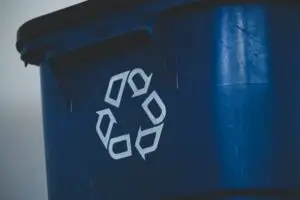
A separate color must be allocated for plastic in public areas and industrial centers to make sorting easy. Sometimes, individuals are able to earn some money in return for plastic waste. This serves as an incentive to sort plastic waste and submit them for recycling.
Step 2: Sorting the plastic waste into different categories
Plastic must be sorted according to its size, color, thickness and type. This is an important step in recycling as it determines which method to use to recycle them and how.
Step 3: Removing Impurities
After the plastic waste is sorted, they are washed to remove impurities like labels, dirt and other particles. It is important to remove impurities as it would affect the outcome of the new product otherwise.
Step 4: Shredding and resizing the plastic
Plastic cannot be recycled in the form which they are. They should be resized and shredded for easier recycling. So the plastic is put into shredders to break them down.
Step 5: Identification and separation
In this process, the shredded plastic particles undergo a testing process to determine the class, type and quality of plastic. The plastic scraps are then sorted according to their type and prepared for the next step.
In the process, the density of the plastic is determined. And also, the thickness is tested through air classification. Other factors that determine the plastic-type are the color and melting point of the plastic.
Step 6: Compounding
Compounding is the final step in the plastic recycling process. Here, the plastic scarps are compounded into materials that can be used by plastic manufacturers. The plastic scraps are smashed and melted to form plastic pellets. This process is also called extrusion. These plastic pellets may be shipped to other countries that need them. 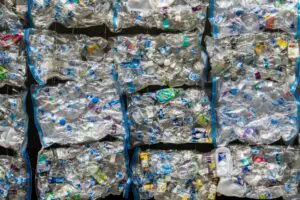
Compounding plastic requires the most time and energy than all the other processes. Recyclers must organize their processes well and manage their energy consumption if they are to get the desired end result.
How to Recycle Plastic: Summary
Plastic is recycled through two main types of processes; either traditional or advanced. The type of process is determined by the facilities and technology available and what the intended end result is. All plastic recycling processes undergo six main steps in recycling. This includes collection, sorting, cleaning, shredding, identification and compounding.
Also read: What is the most important step in recycling?
*All pics are courtesy of Unsplash.com

